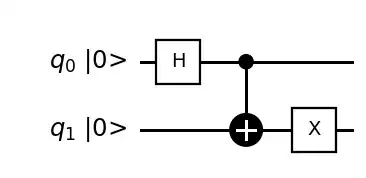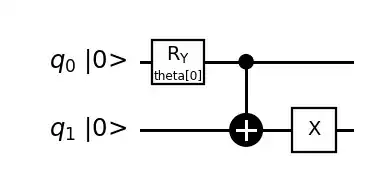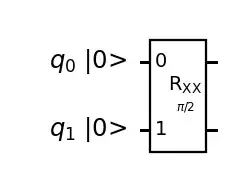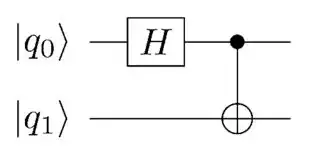The circuit you gave certainly generated an entangled state. In particular, it generates the Bell state: $|\psi\rangle = \dfrac{|00\rangle + |11\rangle}{\sqrt{2}}$. But this is just one particular entangled state, there are many more.
For instance, the following circuit

prepares the state $|\psi \rangle = \dfrac{|01\rangle + |10\rangle}{\sqrt{2}} $ which is another Bell state.
Note that if instead of using the Hadamard gate, $H$, I have replaced it with a $RY$ rotation then I would still generate an entangled state.

Since the above circuit will generate a state in the form $|\psi \rangle = \dfrac{ \alpha|01\rangle + \beta|10\rangle}{\sqrt{2}} $ where $|\alpha|^2 + |\beta|^2| = 1$. Also, note that at $\theta = \pi/2$, you get back the first circuit.
You can also use the $RXX$ gate, for example:

This will generate the state $|\psi \rangle = \dfrac{|00\rangle - i|11\rangle}{\sqrt{2}}$ which is also an entangled state. This gate has the matrix representation in the computational basis as $RXX = \begin{pmatrix}
\cos(\theta) & 0 & 0 & -i\sin(\theta) \\
0 & \cos(\theta) & -i\sin(\theta) & 0 \\
0 & -i\sin(\theta) & \cos(\theta) & 0 \\
-i\sin(\theta) & 0 & 0 & \cos(\theta)
\end{pmatrix} $.



